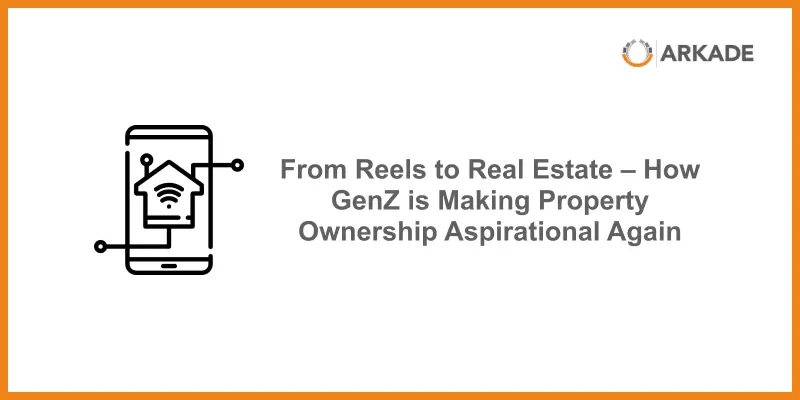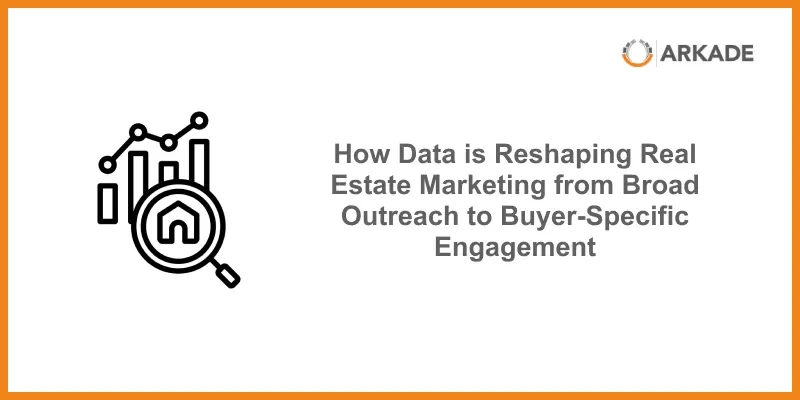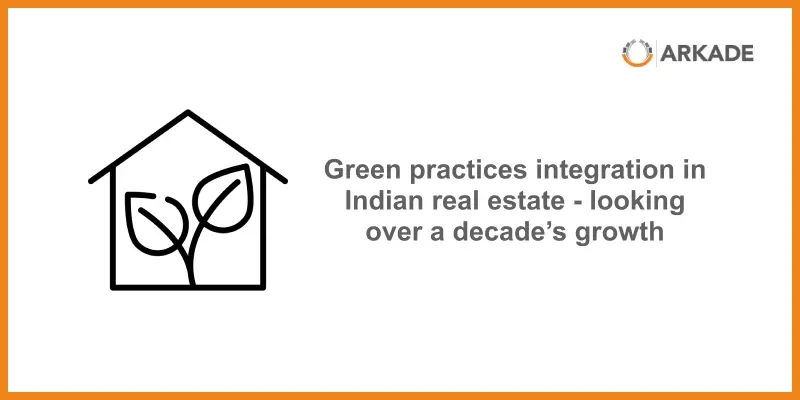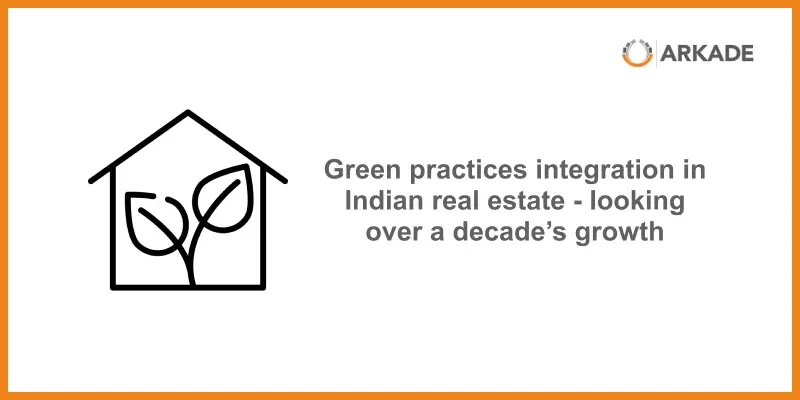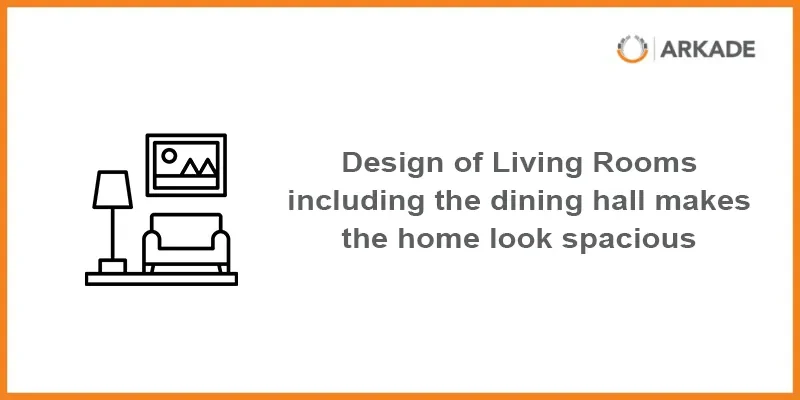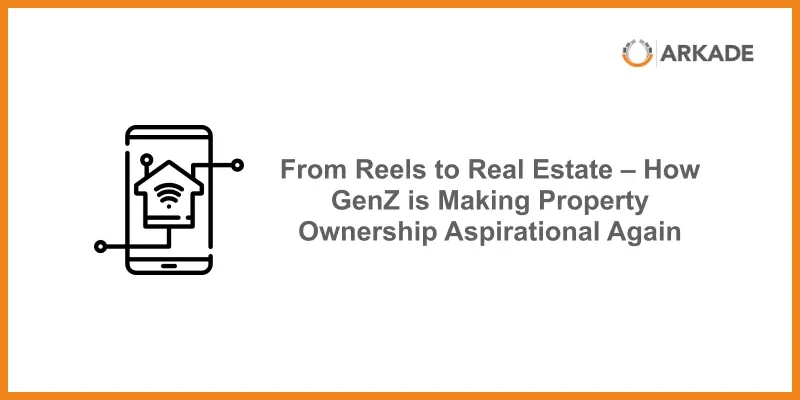
From Reels to Real Estate – How GenZ is Making Property Ownership Aspirational Again
By Mr. Arpit Jain, Director of Arkade Developers Limited
For years, Gen Z was typecast as the “renter generation”, a demographic content with co-living, flexible leases and low-commitment living. But that narrative is quickly becoming outdated. Today, a growing wave of Gen Z buyers is entering the real estate market, and they’re doing it with clarity, confidence, and a completely new mind-set.
According to Knight Frank’s upcoming 2025 report, “Beyond Bricks: The Pulse of Buying Home”, an impressive 71% of Gen Z respondents in India prefer owning a home over renting. This represents a major shift in perception from the millennial era, when flexibility and economic uncertainty pushed many young adults towards rental living. Gen Z, in contrast, sees property not only as a financial asset—but as a symbol of stability, identity and aspiration.
Homeownership as Self-Expression
Interestingly, the report highlights that 36% of Gen Z buyers are purchasing homes for personal use, while another 36% plan to renovate or upgrade their property. These numbers point to a generation that doesn’t view real estate as a passive investment or a hand-me-down milestone. For Gen Z, owning a home is both a life decision and a lifestyle statement.
This aligns with broader behavioural trends: Gen Z is a generation raised in hyper-personalised digital environments. Their homes, like their social feeds, are expected to reflect who they are—visually, functionally, and emotionally.
Under-Construction Appeal: Future-Focused Thinking
One of the most telling insights from the report is Gen Z’s strong preference for under-construction properties—with a staggering 73% opting for this segment. The reas ons are practical yet strategic: lower entry costs, phased payment structures, and the freedom to customise their space.
This preference also speaks volumes about Gen Z’s willingness to play the long game. They’re not just buying for today; they’re investing in their future. It’s a mind-set that contrasts with the instant-gratification culture often associated with their digital upbringing.
The Role of Intergenerational Wealth
Another emerging factor reshaping home buying patterns is intergenerational financial support. While traditional mortgages remain dominant, 12% of Gen Z buyers are able to draw on family wealth to fund their purchases. In high-demand urban markets like Mumbai, Bengaluru and Delhi-NCR, this financial edge allows younger buyers to compete more effectively—often leapfrogging affordability barriers that would otherwise delay entry.
Developers and lenders are taking note. Several are now offering customised payment plans, co-borrowing models and digital-first buying journeys designed with this young demographic in mind.
Space Over Location: A New Urban Priority
Apartments remain the top choice, with 70% of Gen Z preferring them, primarily due to their alignment with community-centric lifestyles and access to city infrastructure. But there’s a twist: 53% of young buyers now prioritise space over location.
In a post-pandemic world where hybrid work, content creation, and self-care routines are part of daily life, space has become a non-negotiable. Whether it’s a home office, podcast studio, or wellness nook, Gen Z buyers want their square footage to work harder—and smarter—for them.
The Digital Influence on Real World Decisions
Unlike earlier generations who relied on brokers or site visits, Gen Z’s homebuying journey often starts on Instagram, Pinterest, YouTube or Reels. Aesthetic sensibility, aspirational content, and user-generated tours heavily influence how they imagine their future homes.
But this isn’t just about vibes—it’s also translating into smarter financial behaviour. The same buyers watching moodboard tours are also comparing EMIs, ROI and neighbourhood analytics. It’s a uniquely Gen Z blend of aspiration and acumen.
A Generation Redefining the Market
For developers, lenders and policymakers, this evolving Gen Z behaviour represents both a challenge and an opportunity. Their preferences demand more than just affordability—they require transparency, flexibility, digital-first engagement, and authentic branding.
From a macroeconomic lens, India’s housing market is projected to touch $1 trillion by 2030, and Gen Z will play a pivotal role in that trajectory. Their decisions are not just reshaping demand—they’re setting new benchmarks for how homes are designed, marketed and delivered.
In a world that rarely pauses, homeownership is offering Gen Z something increasingly rare: a place to land, to define, and to grow. For a generation raised on constant movement, buying a home is more than just a transaction—it’s a declaration.
